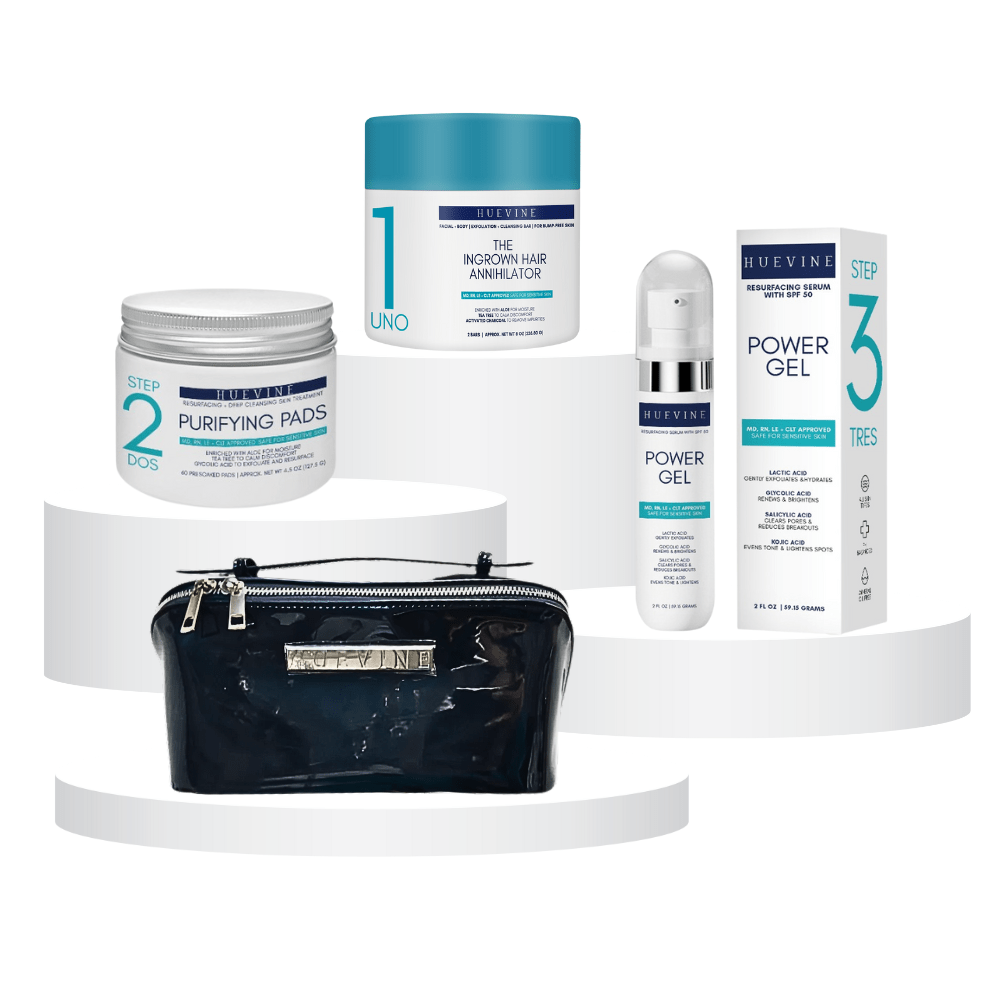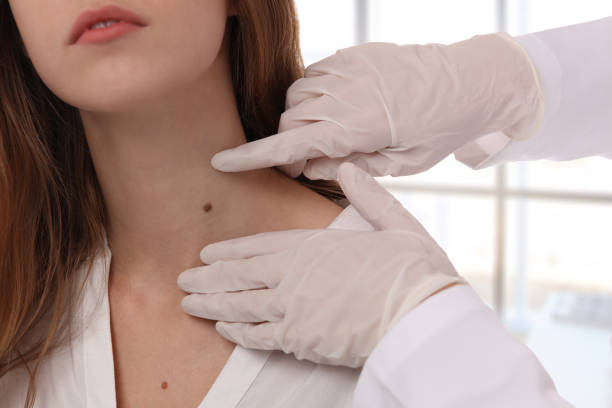Moles on your face can be unsightly, but are they dangerous? Can they be removed safely and effectively? In this post, we'll explore the options for mole removal and whether or not it's a good idea to remove them. Stay tuned for more information!
Why Do You Need to Remove a Mole?
There are many different reasons why one wants to remove a mole. Perhaps the mole is unsightly and causes you to be distressed each time you look in the mirror. Alternatively, the mole may get irritated and rub against your clothes, leading to uncomfortable chafing and discomfort. Whatever your reason for considering mole removal, it is important to speak with your doctor about your concerns before taking any action.
Is Your Mole Cancerous? Here Is What You Should Know!
When trying to determine whether a mole may be cancerous, the first thing to do is see a qualified dermatologist. They will guide you about what one can do to remove moles. They will examine your mole to determine whether it appears suspicious or if it might pose a risk of cancer and provide you with information on the best removal methods for your particular condition. With the right care and treatment, you can feel confident and comfortable in your skin once you remove the mole.
These medical professionals are highly trained in diagnosing and treating skin conditions, including signs of skin cancer. To schedule an appointment with a dermatologist, reach out to your regular healthcare provider and ask for a referral.
During your evaluation with the dermatologist or skin specialist, they will likely perform a thorough skin examination, looking for any suspicious moles or other lesions on your body. They may also take photos and conduct other tests like dermatoscopic examinations to get a closer look at potential moles. Ultimately, if any mole is found abnormal or potentially cancerous, the dermatologist will make recommendations based on their findings.
This could include a skin biopsy or removal of the mole if necessary. Sometimes, people who got their moles removed through treatment can even get them again. For example, atypical and benign moles usually recur after nonsurgical treatments and can cause skin cancer.
Overall, taking proactive steps to assess your risk of skin cancer can help you stay healthy and reduce your chances of developing more serious issues. Whether you want routine skin screenings or suspect that you may have a mole that is concerning, it's always best to consult with a trained medical professional for accurate diagnosis and next steps. So if you're wondering how to find cancerous or noncancerous moles, remember these tips and talk to your dermatologist today!
Types of Surgical Procedures for Mole Removal
There are several different types of surgical procedures that can be used for mole removal, each with its benefits and drawbacks. The most commonly used techniques include
- Freezing
- Burning
- Shaving
- Excision
-
Freezing
Freezing is a reliable option for removing noncancerous moles, as it allows for a smaller amount of tissue damage than other procedures. This technique uses specialized liquid nitrogen to freeze the outer layers of the mole, eventually causing it to fall off the skin. However, this method can take multiple sessions depending on the mole's size.
-
Burning
Another popular option for mole removal is burning. This technique involves using an electric current to remove the top layers of the mole, effectively destroying it at its source. While this procedure typically takes less time and causes less scarring than other methods like excision, there may still be some residual skin discoloration or appearance issues after treatment.
-
Shaving
If you are looking for quick results without any long-term complications, shaving may be a good option. This technique involves using a surgical blade to remove the surface layer of the mole and will not cause lasting damage to surrounding tissue or skin cells. However, shaving is usually only effective on small moles and may need to be repeated if more extensive treatment is required.
Most moles can get away in a short time. In this case, the doctor cuts the entire mole out by numbing the area around it, besides the margin of healthy skin if required. Some people can get a permanent scar after this treatment, but some also have chances to get keloid scars or other pigmentary changes.
-
Excision
Finally, if your mole is cancerous or you want absolutely no risk of regrowth after treatment, then excision may be right for you. This procedure requires more extensive surgery to fully excise beneath the skin and close off all affected tissues to prevent unnecessary bleeding or tissue damage during removal. But with its high success rates and little risk of recurrence post-surgery, excision provides peace of mind that your mole will not grow back again in the future.
What Will Happen if I Get Mole Removal Surgery?
After a mole removal procedure, you can expect to experience some mild soreness and discomfort for a few days. This is usually easily managed with over-the-counter pain medications like acetaminophen or ibuprofen. In some cases, you may also need to take oral antibiotics to prevent infection after the procedure.
To promote healing and allow the wound to heal properly, it is recommended that you avoid strenuous exercise or physical activity for at least two weeks after the procedure if a full-thickness excision is performed. If your doctor has used a shave or cautery technique, recovery times will be shorter and only last one week or less.
As your wounds heal, they may start pink or dark in color and may take time to fade completely to match the rest of your skin tone. To facilitate healing and ensure that your scars are as minimal as possible, we recommend avoiding sun exposure and using a quality scar cream during the healing process. With proper care and attention, you can expect to make a full recovery after mole removal!
Conclusion
We hope this article was helpful and answered some of your questions about facial moles. If you have further questions, please don't hesitate to follow us for more updates. Our team is dedicated to providing our readers with the latest information on dermatology procedures so that you can make an informed decision about your health. Stay tuned for more informative blog posts in the future!



